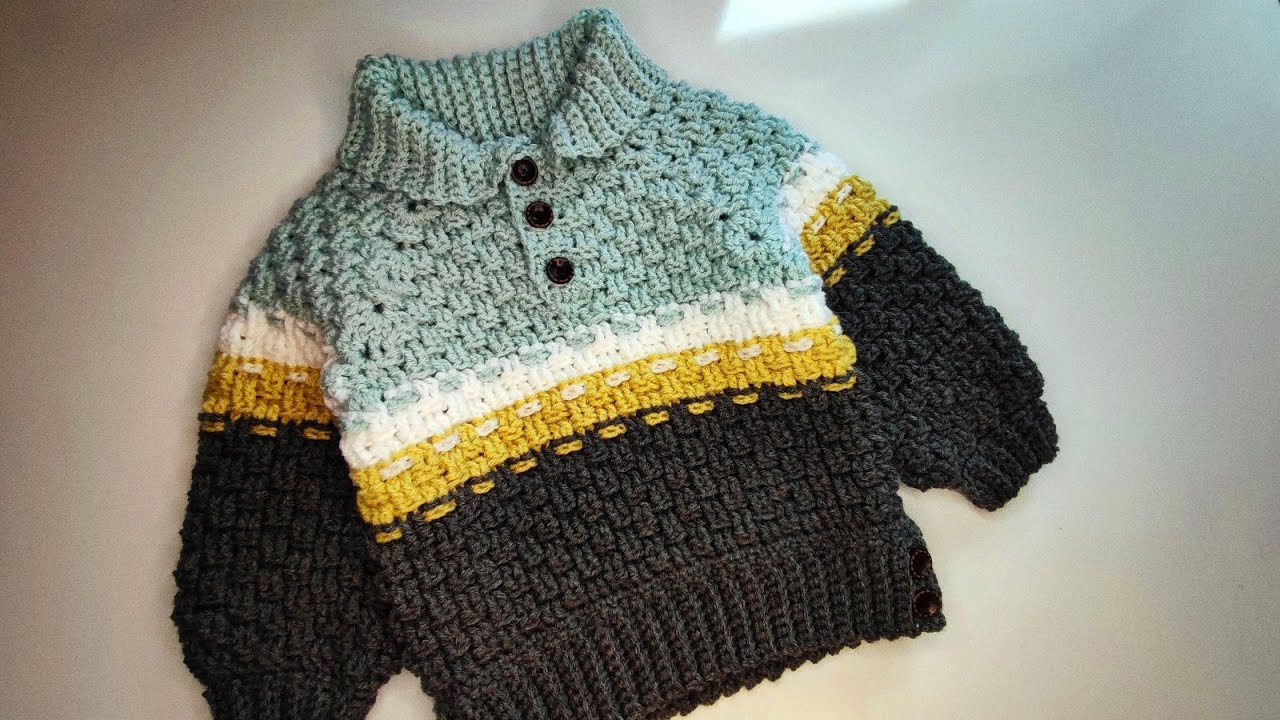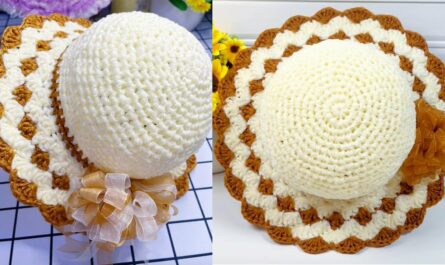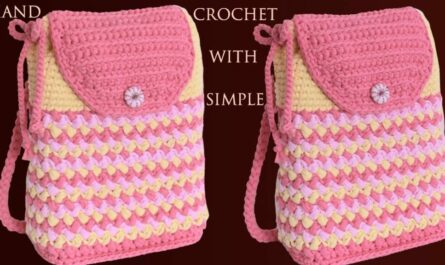As the leaves begin to turn and a crisp chill fills the air, there’s nothing quite like a warm, cozy pullover to accompany autumn adventures. A handmade crocheted “October” sweater for a boy embodies the season’s spirit: it’s durable enough for active play, comfortable for layering, and carries a timeless, rugged charm. This garment isn’t just about warmth; it’s about providing comfort for cool fall days, capturing the essence of childhood explorations amidst pumpkin patches and rustling leaves.
This detailed guide will walk you through the essential steps and considerations for crocheting a practical, handsome, and truly beloved “October” sweater for the special boy in your life.
What Defines an “October” Sweater for Boys?
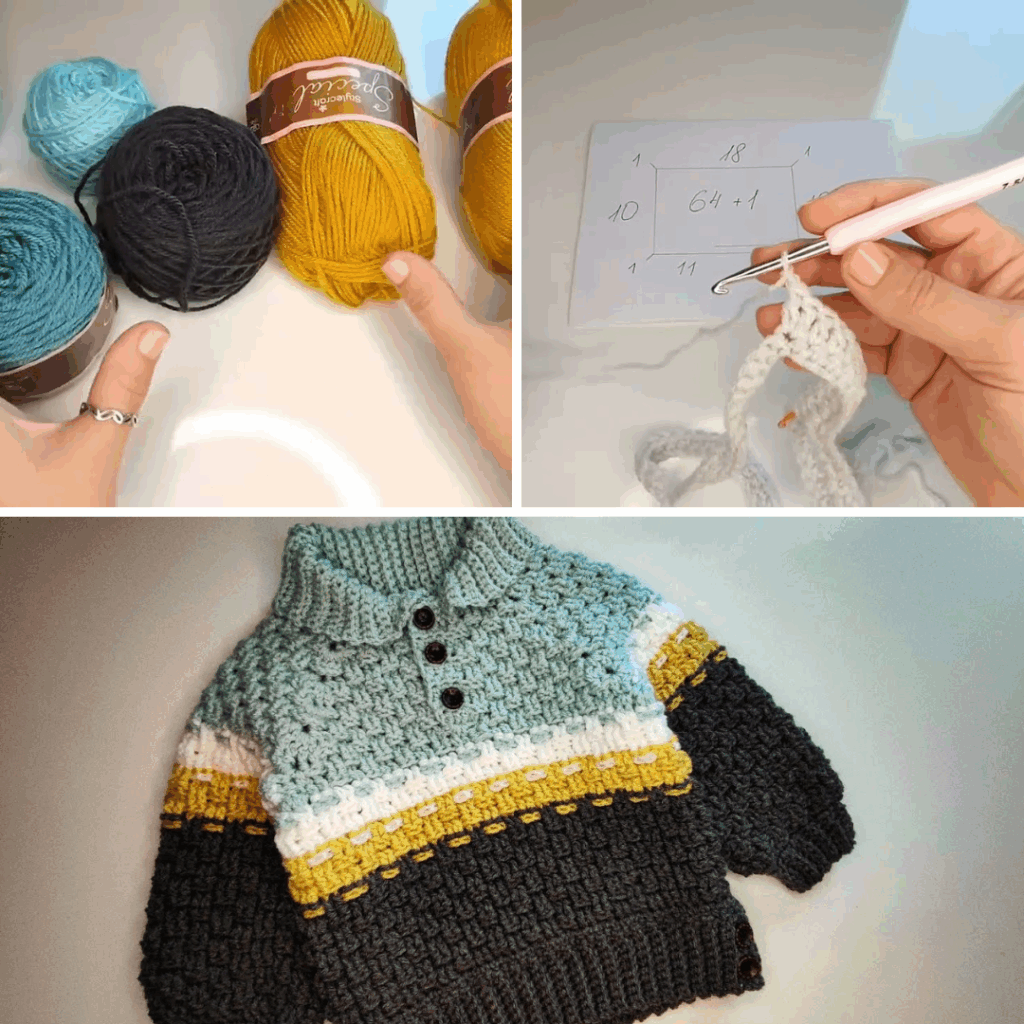
The term “October” sweater evokes a specific feeling and functionality for boys’ wear:
- Autumnal Warmth: It’s designed to be substantial enough to ward off the chill of fall mornings and evenings, but breathable enough for active daytime wear. It’s warmer than a light long-sleeve, but typically not as heavy as a full winter coat.
- Durable & Practical: Boys are active! This sweater is meant to withstand outdoor play, tree climbing, and everyday adventures. Stitch patterns should be sturdy, and yarn choices should prioritize resilience and washability.
- Classic, Masculine Style: Often features simpler, solid stitch patterns, textured ribs, and a relaxed fit. Color palettes tend towards earthy tones, muted blues, greens, greys, and warm rusts or mustards.
- Easy Pullover Design: The absence of complex closures makes it simple to pull on and off, ideal for independent dressers and quick changes.
- Layering Potential: Comfortable worn over a t-shirt, a collared shirt, or under a light jacket.
Why Crochet an “October” Sweater for a Boy?
- Tailored Warmth: You can choose the exact yarn weight and stitch density to create a garment perfectly suited for your local autumn climate.
- Rugged Charm: Handmade items possess an undeniable character. A crocheted sweater offers a unique texture and classic appeal that sets it apart from mass-produced clothing.
- Built to Last: By selecting high-quality, durable yarns and employing sturdy crochet techniques, you can create a sweater that stands up to the rigors of boyish adventures, becoming a cherished piece.
- Personalized Style: Customize colors to match his favorite hues, or add subtle textural details to make it truly his own.
- Skill Advancement: Crocheting a full garment provides an excellent opportunity to expand your skills, mastering techniques like raglan shaping, neckline finishing, and working in the round.
- Thoughtful & Practical Gift: A handmade sweater is a labor of love, offering both warmth and comfort, making it a profoundly meaningful gift.
Choosing Your Tools & Materials:
The right supplies are paramount for creating a warm, durable, and comfortable “October” sweater.
- Yarn: The Foundation of Durability and Warmth!
- Fiber:
- Superwash Merino Wool: An excellent choice for its incredible softness, superior warmth, breathability, and, most importantly for kids’ clothing, its machine washability (always check the label!).
- Durable Acrylics or Acrylic Blends: Many modern acrylic yarns are wonderfully soft, incredibly hard-wearing, colorfast, and very easy to care for. Look for “anti-pilling” varieties for longevity.
- Wool Blends (e.g., Wool/Nylon, Wool/Acrylic): These combine the natural warmth and breathability of wool with the added strength and easier care of synthetic fibers.
- Avoid: Delicate fibers like pure alpaca (unless specifically labeled “superwash” and known for durability) or very fuzzy yarns that might pill excessively with active wear.
- Weight:
- Worsted (Aran / Category 4): This is the ideal weight for an “October” sweater. It provides good warmth, works up at a reasonable pace, and creates a sturdy fabric.
- DK (Double Knitting / Category 3): Can also be used for a slightly lighter version, but you might need to use a denser stitch pattern to achieve adequate warmth.
- Color Palette: Embrace autumnal tones! Think classic forest greens, deep rusts, warm mustards, rich navy blues, versatile charcoal greys, earthy browns, or cozy heathered blends. Solid colors or subtle stripes (e.g., two-tone) work beautifully.
- Quantity: Sweaters are yarn-hungry! Expect to need 800-1200 yards for toddler sizes (2T-4T) and 1200-2000+ yards for older boy sizes (6Y-12Y), depending on yarn weight and chosen length. Always consult your chosen pattern’s specific recommendations.
- Fiber:
- Crochet Hook:
- Consult your chosen yarn label for a suggested hook size (e.g., 5.0mm, 5.5mm, 6.0mm).
- Crucial for Garments: Your actual hook size will be determined by achieving the correct gauge for your pattern. You will almost certainly need to adjust your hook size (up or down by half a size) to ensure the proper fit, comfortable drape, and desired fabric density.
- Other Notions:
- Stitch Markers: Essential for marking raglan lines, the beginning of rounds, or specific shaping points.
- Tapestry Needle: For neatly weaving in all yarn ends and closing any seams (if your pattern is not seamless).
- Scissors.
- Measuring Tape: For frequent measurements during construction.
Understanding Sizing & Gauge (ABSOLUTELY CRITICAL for Garments!)
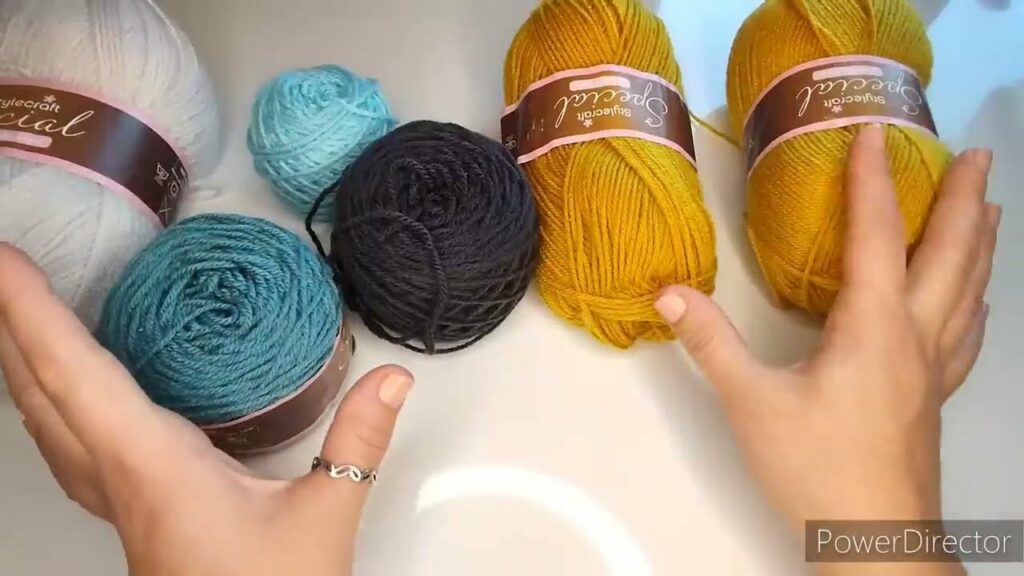
Accurate sizing is paramount for a comfortable, well-fitting, and functional sweater that allows for ease of movement.
General Boys’ Pullover Sizing (Approximate Measurements):
| Size | Approx. Chest Circ. | Approx. Finished Body Length (Shoulder to Hem) | Approx. Sleeve Length (Underarm to Cuff) | Approx. Neck Circ. (Finished) |
|---|---|---|---|---|
| 2T | 21-22 inches | 14-15 inches | 9-10 inches | 10-11 inches |
| 4T | 23-24 inches | 16-17 inches | 11-12 inches | 11-12 inches |
| 6Y | 25-26 inches | 18-19 inches | 13-14 inches | 12-13 inches |
| 8Y | 27-28 inches | 20-21 inches | 15-16 inches | 13-14 inches |
| 10Y | 29-30 inches | 22-23 inches | 17-18 inches | 14-15 inches |
Export to Sheets
Disclaimer: These are general averages. Always refer to the specific pattern’s measurements and sizing chart. Allow for 2-4 inches of positive ease (extra room) for comfort and layering.
How to Make a Gauge Swatch (Do NOT Skip This Step!):
- Chain: Chain about 25-30 stitches, plus any turning chains (e.g., ch 3 for dc) as per your chosen main stitch pattern.
- Work: Crochet a square of at least 6×6 inches (15×15 cm) in the main stitch pattern you’ll be using for the sweater. A larger swatch provides a more accurate measurement.
- Wash & Block: Fasten off your swatch. Crucially, wash and block your swatch exactly as you plan to treat the finished sweater. This step relaxes the fibers and reveals the true stitch size and drape after washing, which can change significantly.
- Measure: Once dry, lay the swatch flat. Place a ruler over the center. Count how many stitches fit within 4 inches (10 cm) and how many rows fit within 4 inches (10 cm).
- Adjust:
- If you have more stitches per inch than your pattern (or desired gauge) states (your work is too tight), go up half a hook size and re-swatch.
- If you have fewer stitches per inch than your pattern states (your work is too loose), go down half a hook size and re-swatch.
- Repeat until your gauge precisely matches.
General Stitch Patterns for an “October” Sweater:
- Main Body (for warmth, durability, and texture):
- Half Double Crochet (hdc): Creates a balanced, dense, and warm fabric with good stitch definition. Excellent for a sturdy pullover.
- Double Crochet (dc): Works up quicker, creating a slightly looser fabric with more drape. Good for a relaxed fit.
- Moss Stitch (Linen Stitch): (sc, ch 1, sk 1) Produces a beautifully dense, textured, and even fabric with good drape.
- Simple Textured Stitches: Variations like the sedge stitch, grit stitch, or alternating front/back post stitches can add visual interest and insulation without being overly complicated.
- Ribbing (for cuffs, hem, and neckline):
- Front Post/Back Post Double Crochet (fpdc/bpdc): Creates a strong, elastic, and professional-looking ribbed edge that springs back well. Ideal for cuffs, hem, and a neat neckline.
- Single Crochet in Back Loop Only (sc blo): A simpler, flexible ribbing option that works well for stretchy edges.
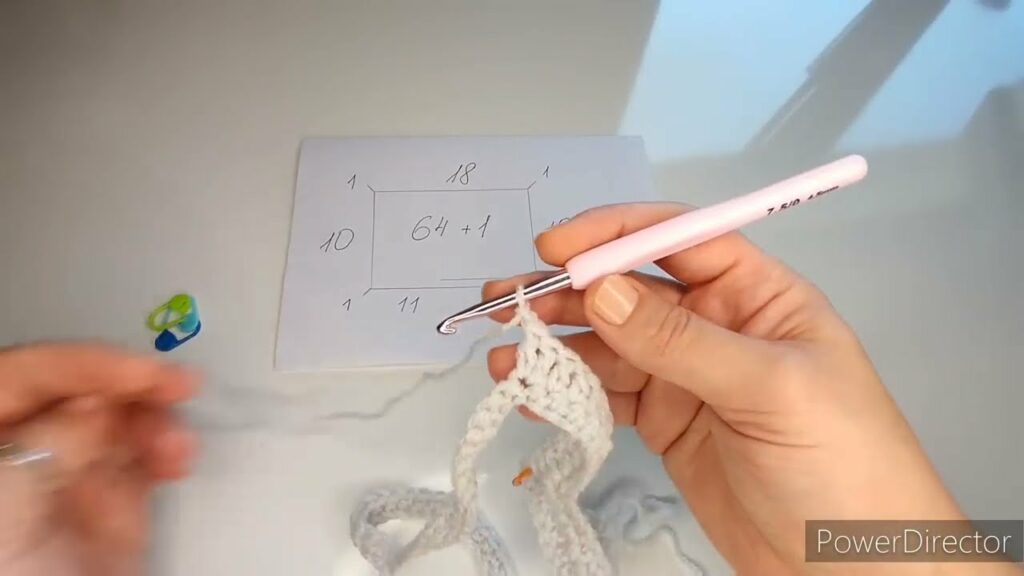
Step-by-Step Construction: The Boys’ Pullover (Top-Down Raglan Yoke)
This outline describes a very popular construction method for seamless sweaters, preferred for its comfort and minimal finishing. This is a general guide to the methodology; for precise stitch counts, specific increase/decrease rates for different sizes, and unique design details, you MUST follow a detailed crochet pattern.
Phase 1: The Yoke (Top-Down, Raglan Shaping)
This forms the neckline, shoulders, and upper chest, worked from the top down.
- Step 1.1: Starting Chain & Neckband
- Foundation Chain: Chain the number of stitches specified by your pattern for the desired neckline circumference.
- Neckband Rows: Work 3-5 rows in a comfortable ribbing stitch (e.g., fpdc/bpdc or sc blo) to create a neat and elastic neckband. Join with a slip stitch to form a round at the end of the neckband.
- Step 1.2: Setting Up Raglan Yoke Divisions (First Increase Round)
- This round divides your total stitches into: Back Panel, Sleeve 1, Front Panel, Sleeve 2. You will have 4 raglan corners where all shaping increases occur.
- Work your chosen yoke stitch (e.g., dc or hdc) for the Back Panel. At the first raglan corner, work your increase (e.g.,
(2 dc, ch 2, 2 dc)or(dc, ch 1, dc)). Place a stitch marker (SM) in the chain space. Continue this pattern for Sleeve 1, Front Panel, Sleeve 2, with increases at each raglan corner.
- Step 1.3: Continuing Yoke Increases
- Subsequent Yoke Rounds: Continue working in rounds, working your specified increase into each of the 4 raglan spaces from the previous round. Move your stitch markers up to the new increase spaces.
- Continue working these increase rounds until the yoke measures the correct depth from the top of the neckline to the underarm for your chosen size. This is a crucial measurement for a comfortable fit.
Phase 2: Separating for Body & Sleeves
Once the yoke is the correct depth, you’ll divide the stitches to create the armholes and begin the main body of the sweater.
- Separation Round:
- Work stitches for the Back Panel.
- Work into Raglan Corner 1.
- Skip Sleeve 1: Place all stitches of Sleeve 1 (the stitches between Raglan Corner 1 and Raglan Corner 2) onto a piece of scrap yarn or a stitch holder.
- Underarm Chain: Chain 2-4 stitches (this creates extra room at the underarm and fills the gap, preventing tightness).
- Work into Raglan Corner 2.
- Work stitches for the Front Panel.
- Work into Raglan Corner 3.
- Skip Sleeve 2: Place all stitches of Sleeve 2 onto a holder.
- Underarm Chain: Chain 2-4 stitches.
- Work into Raglan Corner 4.
- Join with a sl st to the first stitch of the round to form a continuous circle for the body of the sweater.
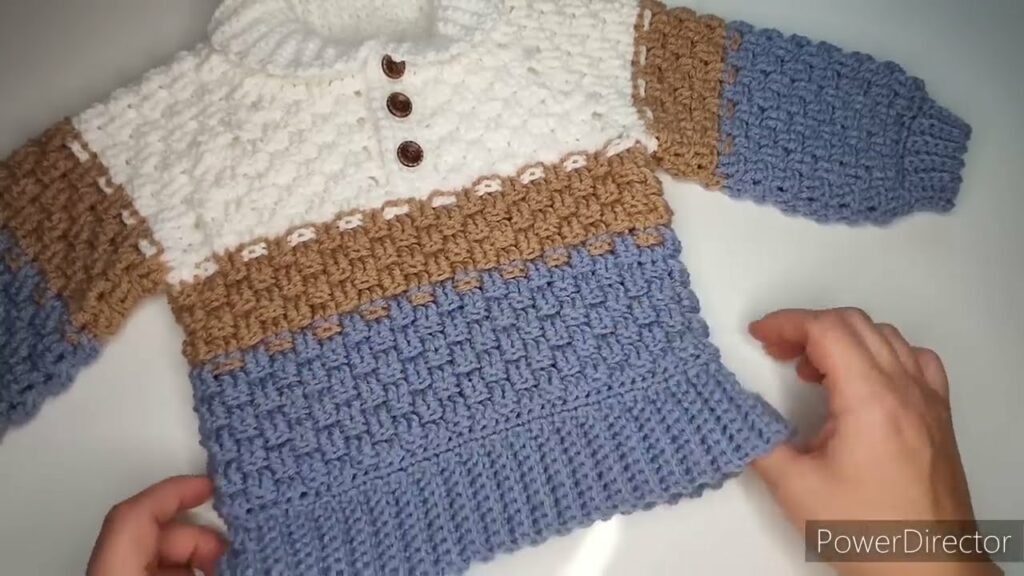
Phase 3: The Body of the Pullover
This forms the main torso section of the garment below the armholes.
- Body Rounds: Continue working in rounds using your chosen main stitch pattern.
- Shaping (Optional): You can maintain a straight circumference, or if desired, add very subtle decreases around the waist area for a more tailored fit, or slight increases for a relaxed, boxy shape.
- Length: Continue working rounds until the body reaches the desired length for the pullover (typically to the hip).
- Hem: Finish the bottom edge of the pullover with a substantial ribbed hem (e.g., 2-3 inches of fpdc/bpdc or sc blo ribbing).
Phase 4: The Sleeves (Make 2)
Each sleeve is worked individually, typically in the round, starting from the armhole.
- Attach Yarn: Attach your yarn to the center underside of one armhole opening (where your underarm chain was).
- Pick Up Stitches: Work a round of your main stitch, picking up stitches evenly around the armhole opening (including into the underarm chain stitches). Join with a sl st to the first stitch to form a round.
- Working the Sleeve: Continue working in continuous rounds using your chosen main stitch pattern.
- Shaping: Gradually decrease stitches evenly spaced over several rounds to taper the sleeve towards the wrist. This creates a comfortable fit. Your pattern will specify the decrease rate.
- Length: Work until the sleeve reaches the desired full length from the underarm to the wrist.
- Cuff: Finish the sleeve with a robust ribbed cuff (e.g., fpdc/bpdc or sc blo ribbing) that provides a snug, neat finish.
- Fasten off. Repeat all steps for the second sleeve, ensuring it is symmetrical to the first.
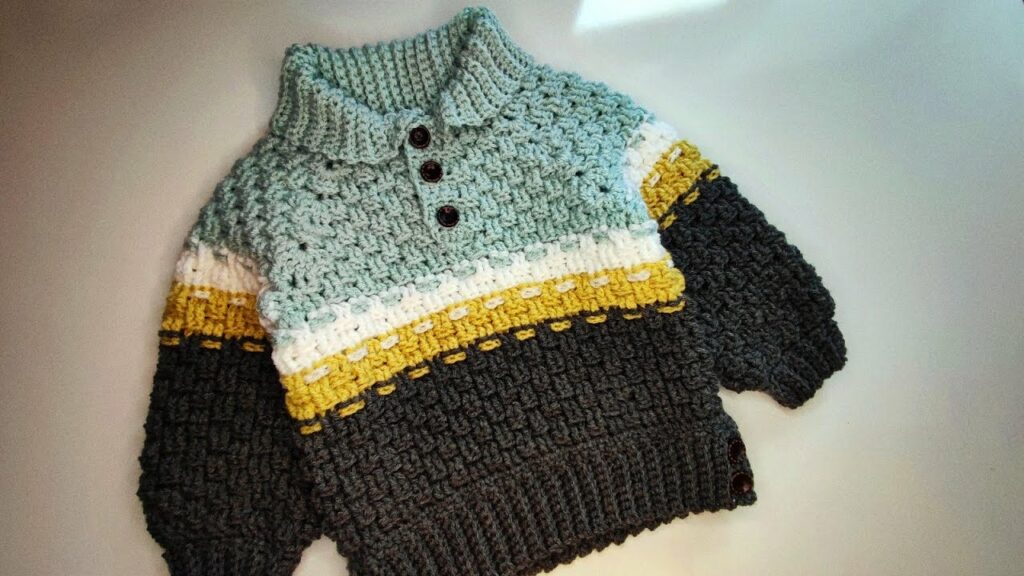
Phase 5: Finishing Touches
These final steps bring your garment to a professional and durable completion.
- Weave in All Ends: Using your tapestry needle, meticulously weave in every single yarn tail. Secure them firmly by weaving them into existing stitches in different directions. This is crucial for a neat, durable, and comfortable finish (no loose ends for little fingers to tug!).
- Blocking (ABSOLUTELY CRUCIAL for Garments!):
- Gentle Wash: Fill a basin with cool water and a small amount of mild, wool-friendly detergent (even for acrylic blends). Gently submerge the sweater and let it soak for 20-30 minutes. Do not agitate vigorously.
- Remove Excess Water: Gently squeeze out the soapy water (do not wring or twist). Rinse under cool, running water until all soap is gone. Gently roll the sweater in a clean, dry towel and press firmly to absorb as much moisture as possible.
- Shape & Dry: Lay the sweater flat on blocking mats. Gently stretch and shape it to the correct finished dimensions (chest width, body length, sleeve length, and neckline). Smooth out any unevenness and define the ribbed edges. Use rust-proof T-pins if needed to hold the shape firmly.
- Air Dry Completely: Allow the sweater to air dry completely. Blocking truly transforms the fabric, softening it, evening out your stitches, enhancing the drape, and giving your pullover a beautifully polished, professional appearance.
Video Tutorial part 1 ;
Tips for “October” Sweater Success:
- Yarn Choice is paramount: Always prioritize soft, durable, and easily washable yarns suitable for active children. Anti-pilling acrylics or superwash wools are excellent choices.
- Gauge Precision: This cannot be stressed enough. Achieving the correct gauge ensures the sweater fits properly, allows for comfortable layering, and maintains the intended fabric density and drape.
- Comfortable Fit: A slightly relaxed fit (2-4 inches of positive ease) is often ideal for boys, allowing freedom of movement for play.
- Seamless Construction: If using the top-down raglan method, the seamless nature reduces bulk and potential irritation points, making the sweater more comfortable.
- Neat Neckline & Ribbing: Well-defined and elastic ribbing at the neck, cuffs, and hem elevates the finished look of the sweater and ensures a comfortable fit.
- Measure Frequently: Compare your work to a favorite commercial sweater or the boy’s actual measurements to ensure the dimensions are correct as you go.
Care Instructions for Your Handmade Sweater:
- Always follow your chosen yarn label’s specific care instructions. This is especially important for natural fibers.
- Reshape and Lay Flat to Dry: Gently reshape the sweater while wet and lay it flat on a clean towel or drying rack to air dry completely. Do not hang, as this can stretch the fabric and distort the garment’s shape.
Video Tutorial part 2 ;
Creating a crocheted “October” sweater for a special boy is a truly rewarding endeavor. With each stitch, you’re not just crafting a garment; you’re creating a cozy, durable piece that will keep him warm through crisp autumn days, ready for all his adventures. Happy hooking!
